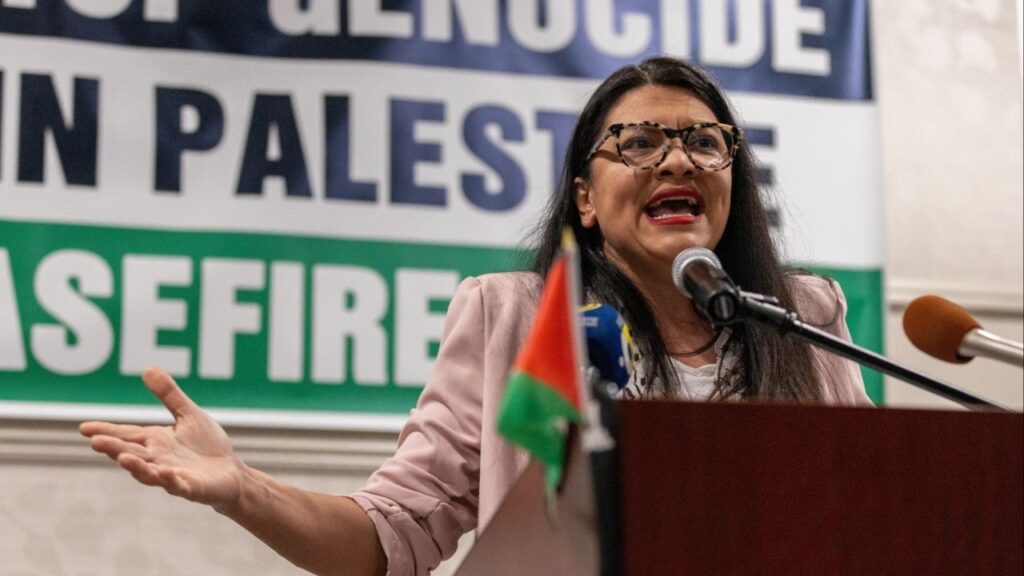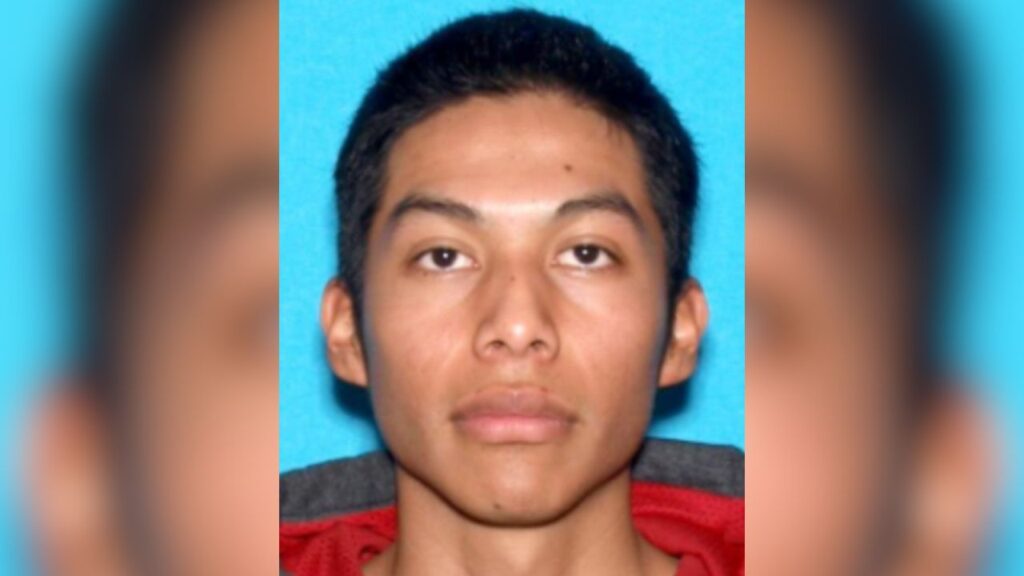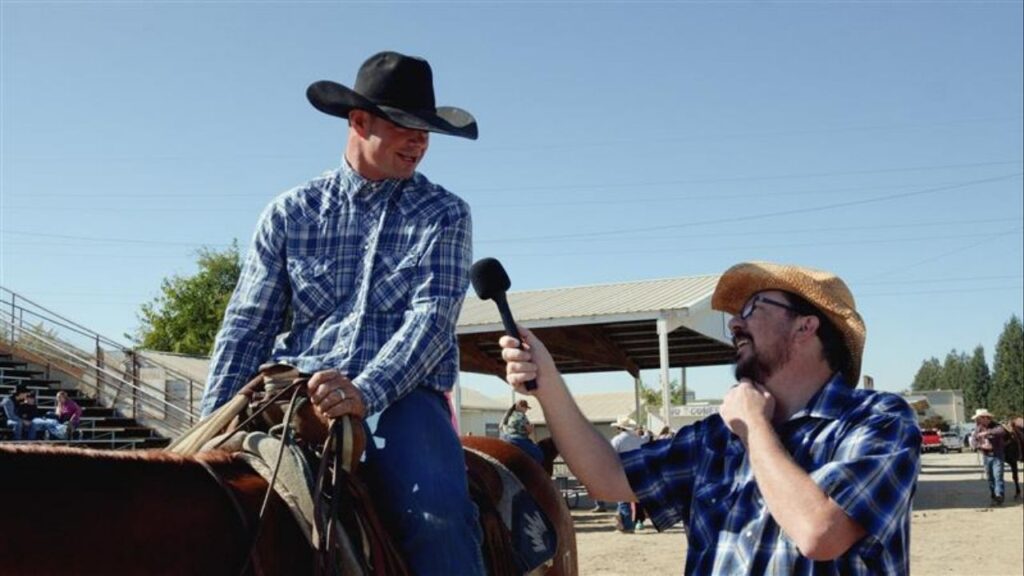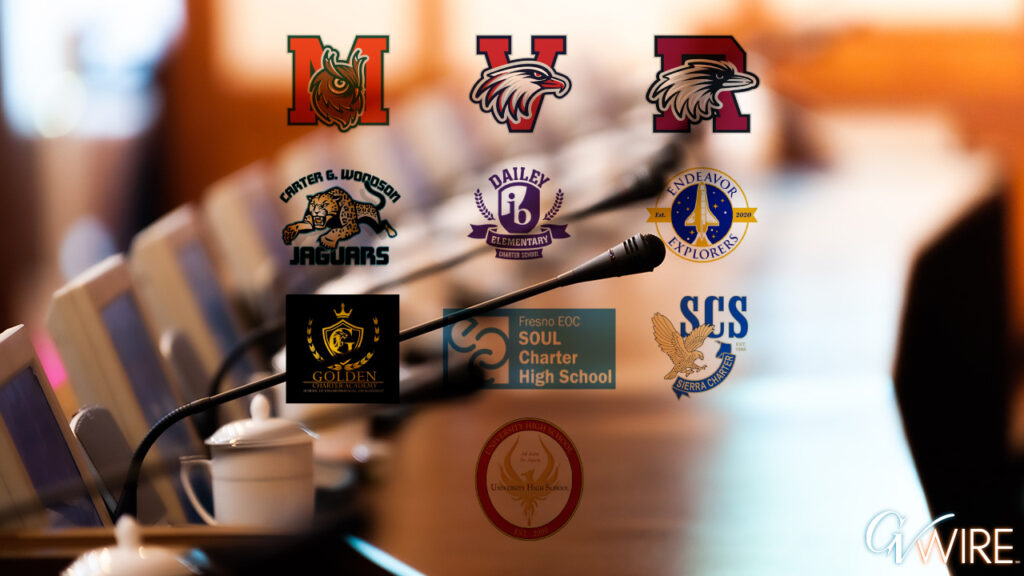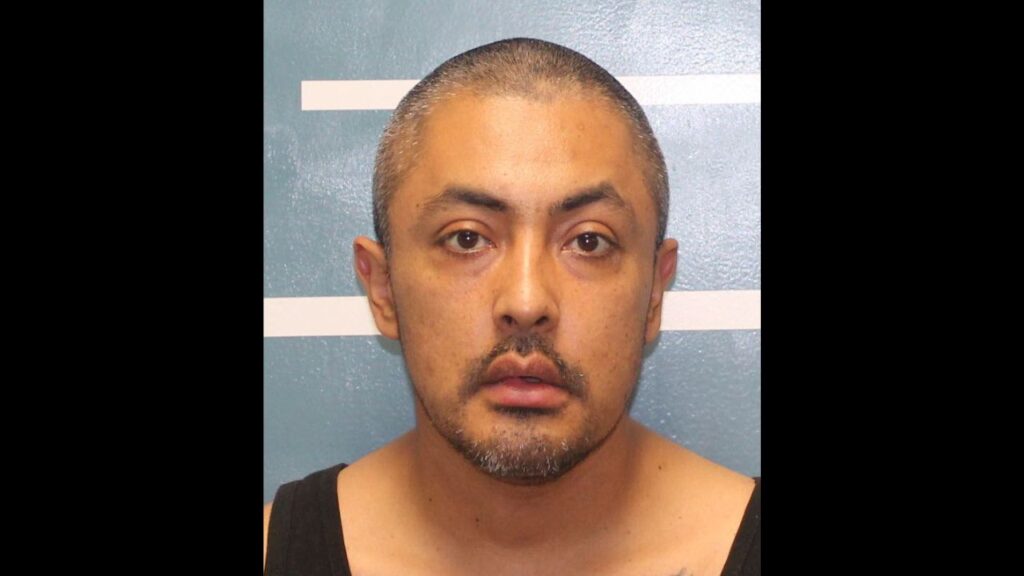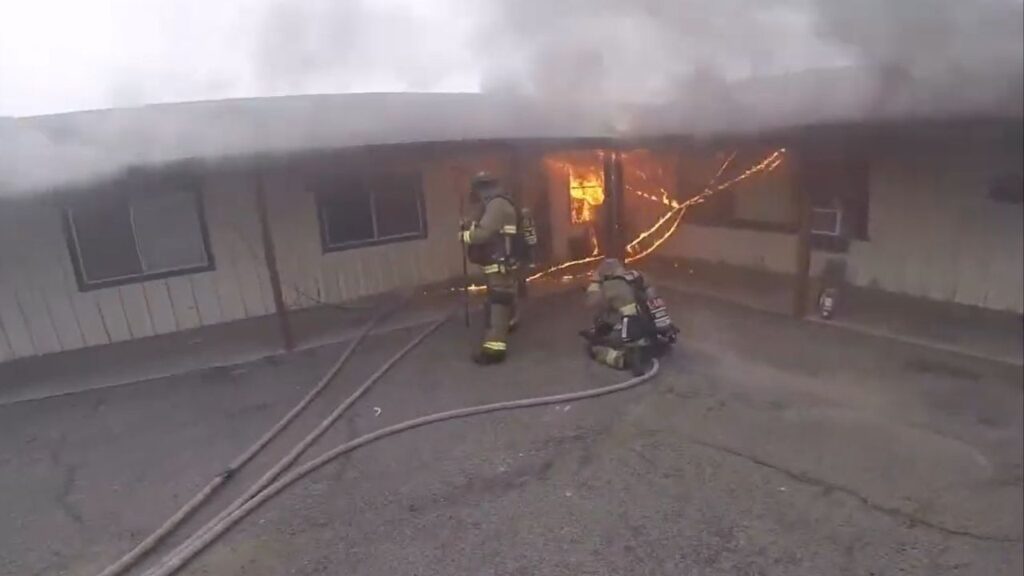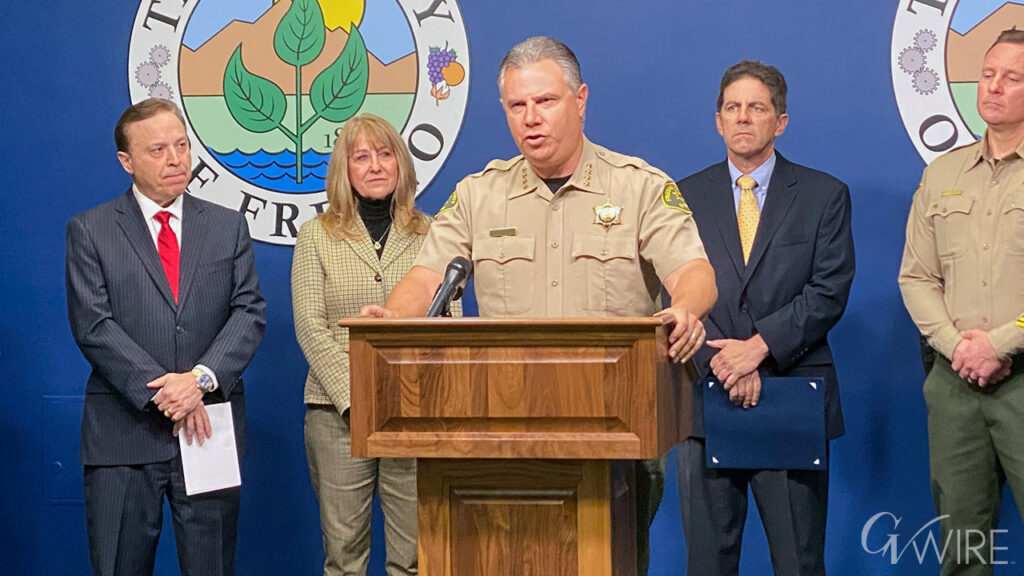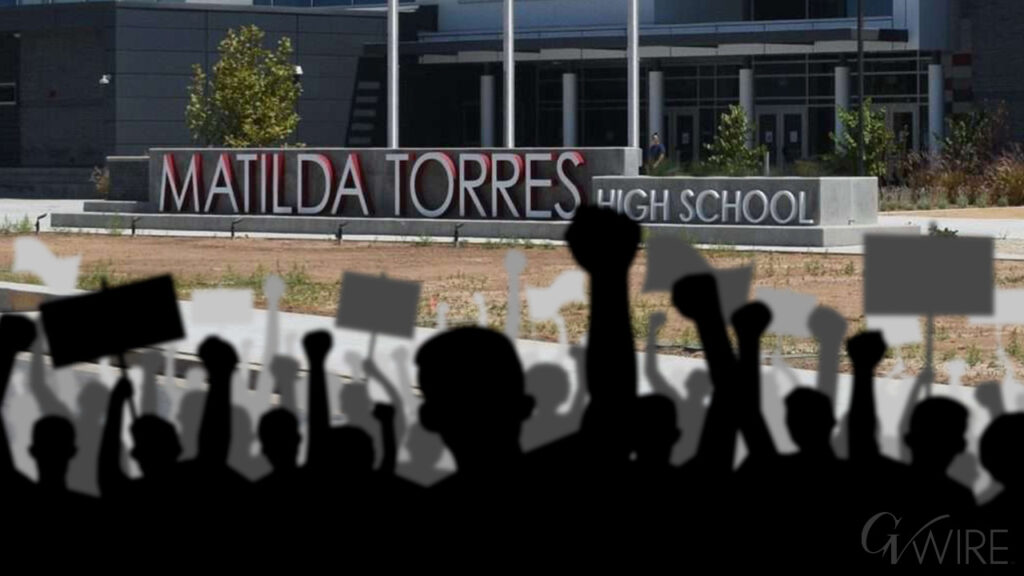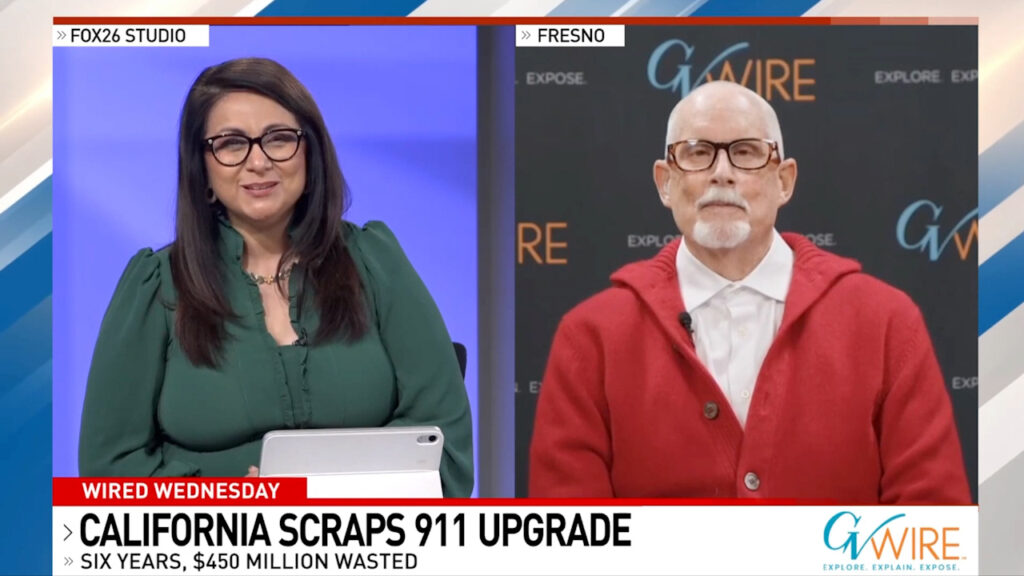Share
|
Getting your Trinity Audio player ready...
|
California’s high-speed rail project just got a $201 million boost from the federal government to move the Kern County leg of the journey along.

“I’m proud to have worked with our federal and state partners to secure this grant to advance this project.” — Rep. Jim Costa, D-Fresno
“This federal grant reflects a commitment from the Biden-Harris Administration to bringing modern transportation into the 21st century starting here in California’s San Joaquin Valley,” said Rep. Jim Costa (D-Fresno) in a statement. “I’m proud to have worked with our federal and state partners to secure this grant to advance this project.”
The money will go toward designing and purchasing right-of-ways in Shafter. The six grade separations will help buffer car and pedestrian traffic from both freight trains and high-speed rail trains, according to a news release from Costa’s office.
The money came from the infrastructure law passed in November 2021 — more specifically, the 2022 Consolidated Rail Infrastructure and Safety Improvements Program.
California High-Speed Rail Authority CEO Brian Kelly said in a statement he expects the southern end of the rail line to soon be finished.
“With the southernmost 22-mile stretch of active construction due to be complete this fall, this latest federal commitment represents a major step forward in our effort to deliver passenger service in California,” Kelly said. “We look forward to this continued partnership with the Biden-Harris Administration.”
Seven Structures, 90 Miles Completed
In 2019, Gov. Gavin Newsom scaled back the rail project to 119 construction miles between Merced and Bakersfield. Of that stretch, 90 miles of guideway have been completed, according to the May report from the California High-Speed Rail Authority. Another 52 miles of extensions are planned to connect downtown Bakersfield and downtown Merced.
Seven structures have been completed in 2023, including the Cedar Viaduct in Fresno that crosses Highway 99.
In August, the rail authority began the bidding process for the trains themselves.
Planners hope to have the first trains running by 2030. Analysts peg the cost to finish the Central Valley segment at $35 billion, $10 billion more than funding levels, according to CalMatters reporter Ralph Vartabedian.
The most recent cost estimate for the 500 miles between San Francisco and L.A. would leave a funding gap of $100 billion, according to Vartabedian.
RELATED TOPICS:
Categories
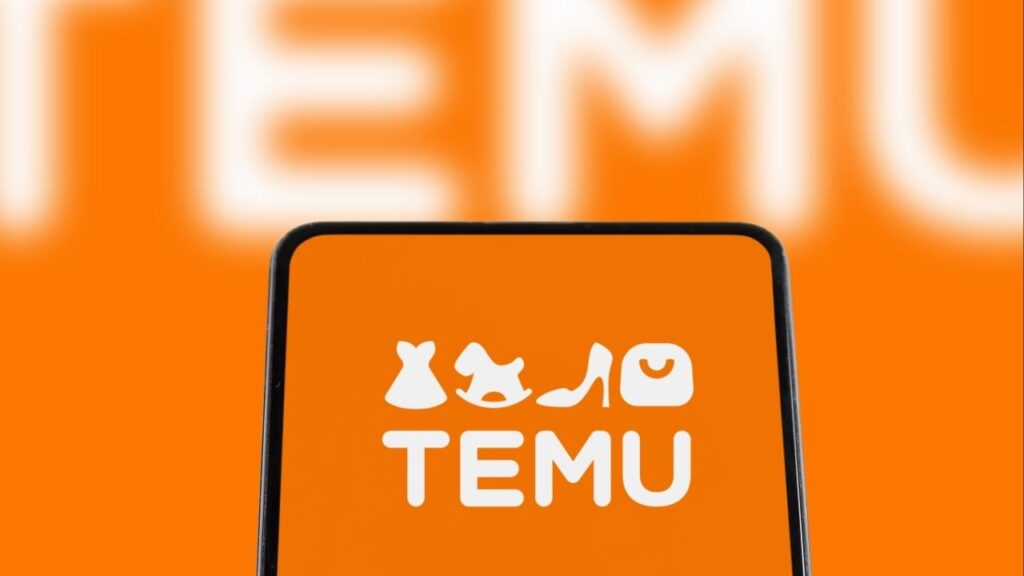
Temu Down for Thousands of Users, Downdetector Shows
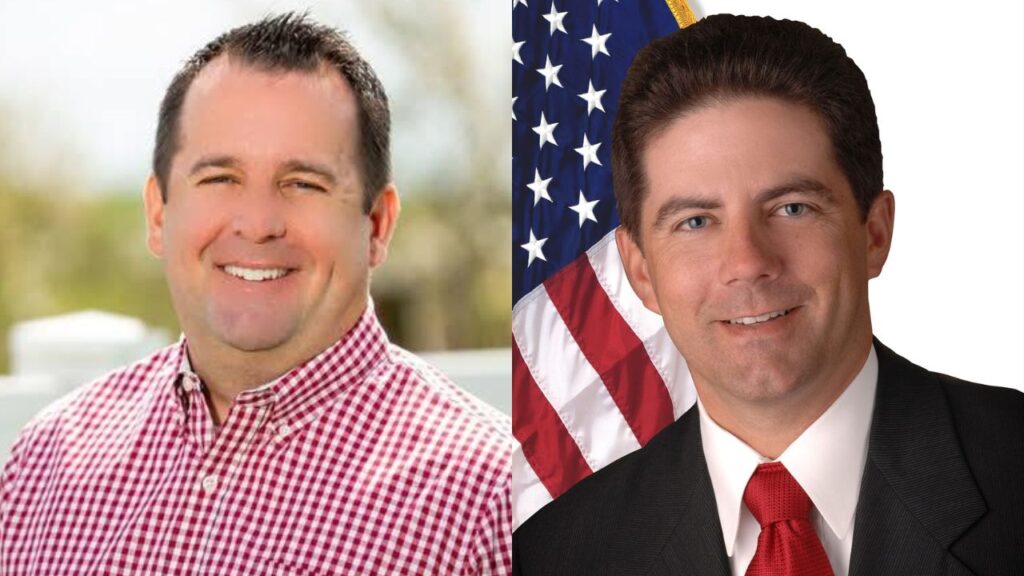
As Pacheco Runs for Assembly, Who Will Run for Supervisor?





